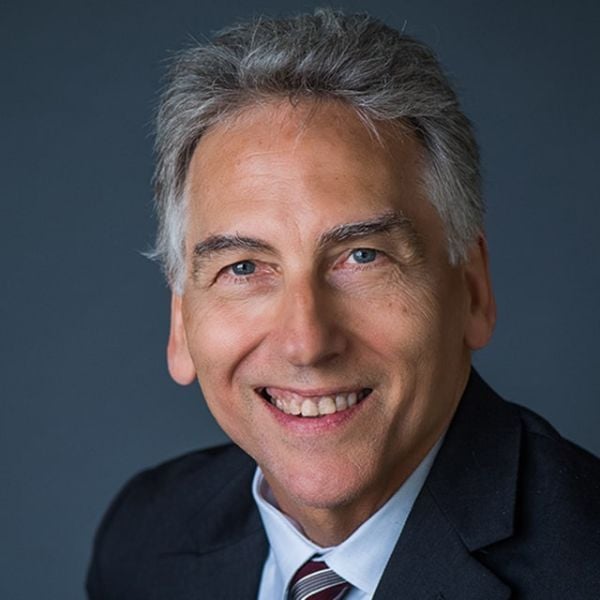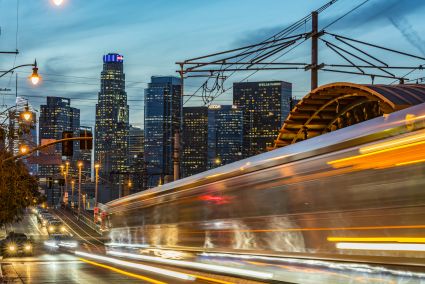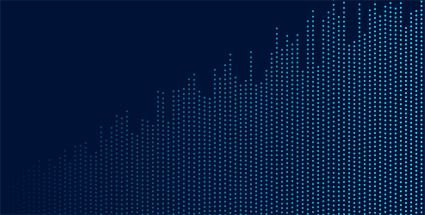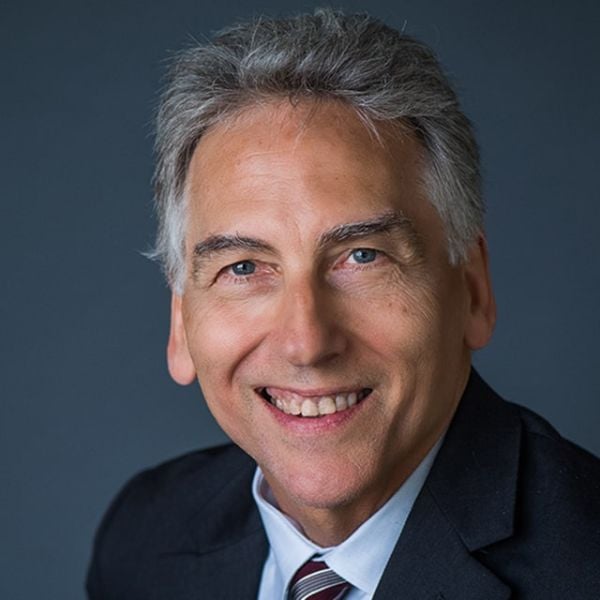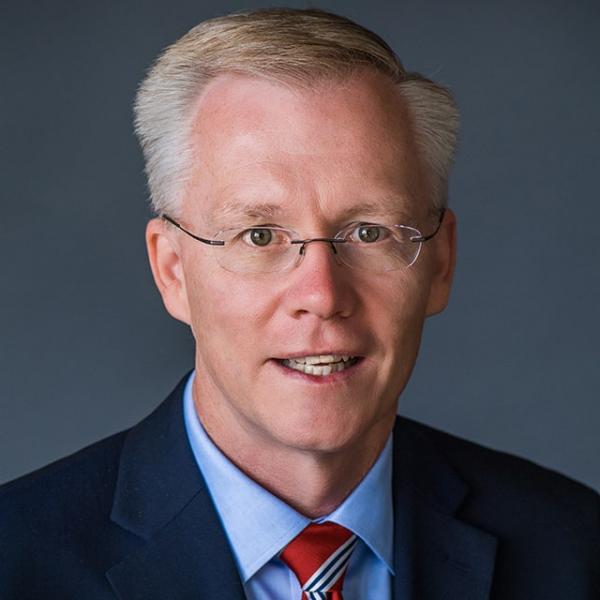Submitted electronically
The Honorable Deanne Criswell
Administrator
Federal Emergency Management Agency
Washington, DC 20472
Dear Administrator Criswell,
The Milken Institute welcomes the opportunity to comment on the implementation of the Community Disaster Resilience Zones Act (CDRZA). We commend Congress and the Federal Emergency Management Agency (FEMA) for lifting up the importance of helping at‐risk communities better prepare for disaster.
As you may be aware, the Milken Institute is a nonprofit, nonpartisan think tank focused on accelerating measurable progress on the path to a meaningful life. With a focus on financial, physical, mental, and environmental health, we bring together the best ideas and innovative resourcing to develop blueprints for tackling some of our most critical global issues through the lens of what’s pressing now and what’s coming next.
We strongly believe that the designation of Community Disaster Resilience Zones provides an opportunity to direct much‐needed focus and resources to high‐need communities while incentivizing best practices and innovative finance at the local level. Through our 10,000 Communities Initiative and Community Infrastructure Center, the Milken Institute is actively working with partners to help underserved rural and urban communities access project development capital and technical assistance so that they can build their most critical community infrastructure projects and strengthen local economic resilience.
Implementing the CDRZA offers a very promising new channel for leveraging these efforts to de‐risk community infrastructure and thereby attract additional public, private, impact, and philanthropic capital to areas most affected by extreme weather and climate change.
Many disadvantaged communities lack the ability to respond to emergencies due to insufficient economic resources. Investment in hazard mitigation presents an opportunity to help communities build economic resilience, not only in facilitating their ability to respond to natural hazards but also in their overall well‐ being.
Recommendations
1. Zone selection: Prioritize social and economic vulnerability in designated disaster resilience zones
FEMA’s proposed risk quantification includes measures of social vulnerability, community resilience, and estimates of expected loss. Where possible, we suggest that the Agency emphasize social vulnerability over predicted losses when assessing a community’s ability to respond to emergencies. These indicators represent not only a community’s ability to respond in emergency situations but also a need for investment more broadly, such that 500 community resilience centers, as described below, might make a bigger impact.
Another reason for emphasizing social vulnerability in making the disaster resilience zone designations is the synergy between relevant data sets. Social and economic vulnerability data are available at the census tract level, compiled by the Centers for Disease Control and Prevention in conjunction with the Agency for Toxic Substances and Disease Registry.[1] This geospatial level of data is the same level at which designations are being made. Since community resilience indicators are only calculated at the county level, they are less likely to be accurate for smaller areas within those counties.
2. Create 500 new community resilience centers in the two years after Zone Designation
We urge FEMA to work with public, private, and philanthropic organizations to create a national network of 500 community resilience centers in the first two years after Resilience Zones are designated. These could be new buildings or retrofits of existing community centers. These resilience centers should be located in zones where they will have a broad impact beyond just emergency response and where they can provide emergency shelter/response to the greatest number of residents. During non‐emergency use, these multi‐use buildings could serve as child‐care centers, worker training and entrepreneurial centers, or permanent affordable housing.
Each designated Resilience Zone will no doubt have unique investment needs depending on specific hazard risks. However, our work with communities across the country suggests that scores of communities need a multi‐purpose building like this.
At a minimum, community resilience centers should be able to provide shelter in all types of emergencies that the community is at risk of, not just the one that is the highest risk. The centers should also be accessible to all community members (i.e., usable by residents with any disability and provide programming in services in relevant languages) and should be able to facilitate year‐round programming to prepare and educate residents on local hazards. Ideally, community resilience centers would be grid‐independent (e.g., powered by a solar microgrid).
We see the development of community hubs as an example of such an investment that would deliver the benefits FEMA seeks and contribute to a community’s economic growth and overall well‐being and connectedness.
There are already several examples of these types of projects across the country, such as the Boyle Heights Conservatory,[2] which serves as a center for community development initiatives as well as an emergency shelter and hub for preparedness and awareness programming, and the Blue Lake Rancheria Microgrid,[3] a system that allows the community’s facilities to operate independently from the electric grid and ensures a more reliable energy supply for critical infrastructure, local government buildings, and emergency evacuation facilities.
These types of projects can catalyze a well‐rounded approach to community resilience, providing immediate shelter in emergencies but also facilitating long‐term resilience and preparedness programming, and economic growth opportunities more broadly.
3. Reinsurance
Implemented successfully, Community Disaster Resilience Zones can also help direct resources to at‐risk communities where residents face insurability/affordability crises. Public and private investment in more resilient communities will mean more customers and safer underwriting for insurers while offering residents greater affordability and availability of insurance products.
FEMA should collaborate with or support efforts by the insurance industry to develop a mechanism for incentivizing and rewarding risk reduction activities at a community level, for example, through discounted insurance premiums, such as the National Flood Insurance Program’s Community Rating System.[4]
Additional policy and finance options, including insurance discounts tied to resilience investments and innovative uses of the $4 trillion municipal bond market, are identified in the Institute’s 2019 report Financing Urban Resiliency: Coastal Resiliency in Lower Manhattan.[5]
The Milken Institute greatly appreciates the opportunity to offer input. We are happy to discuss these ideas further and help FEMA achieve the objectives shared in this response.
Sincerely,
Dan Carol
Senior Director
Public Finance Program
Milken Institute
cc: Pamela Williams, Assistant Administrator
Grants Programs, Resilience
Federal Emergency Management Agency
